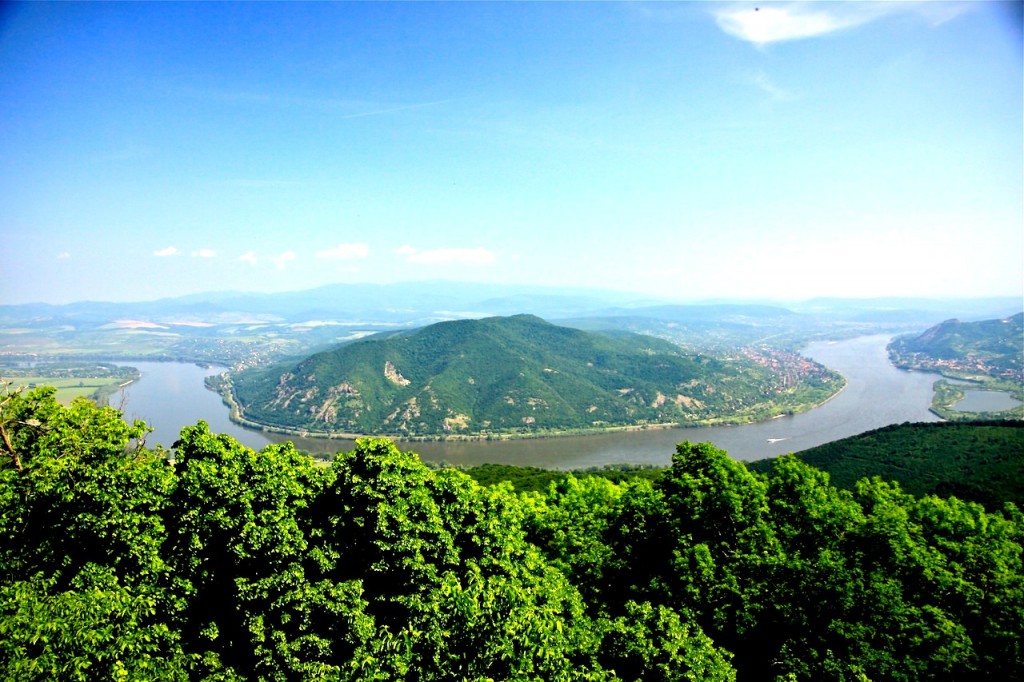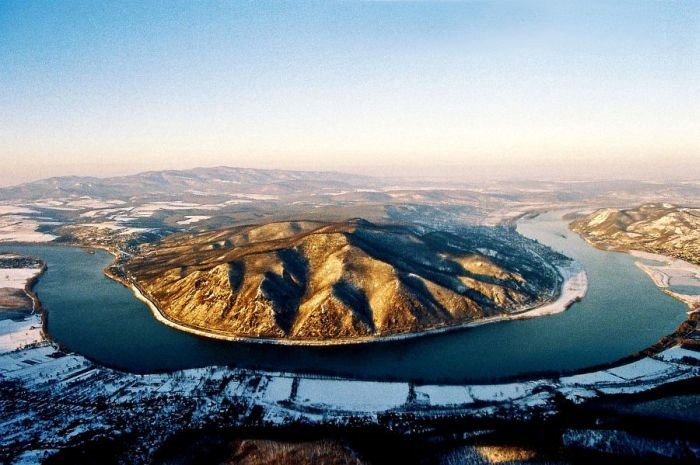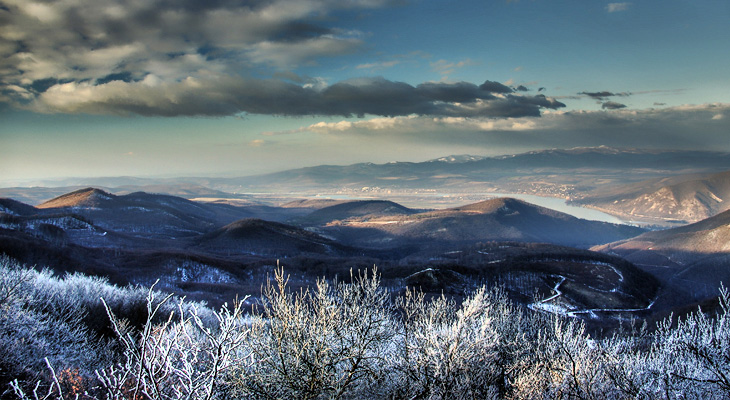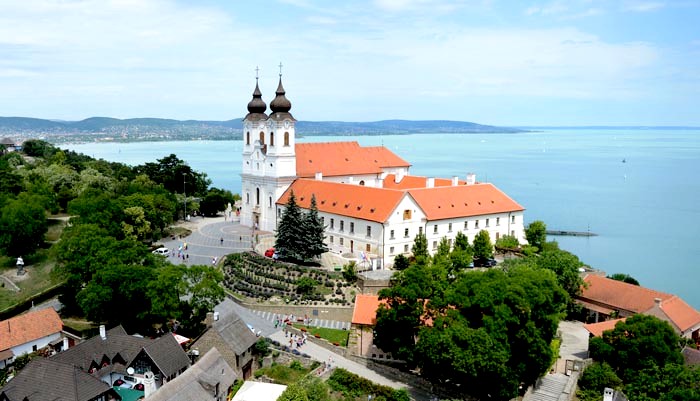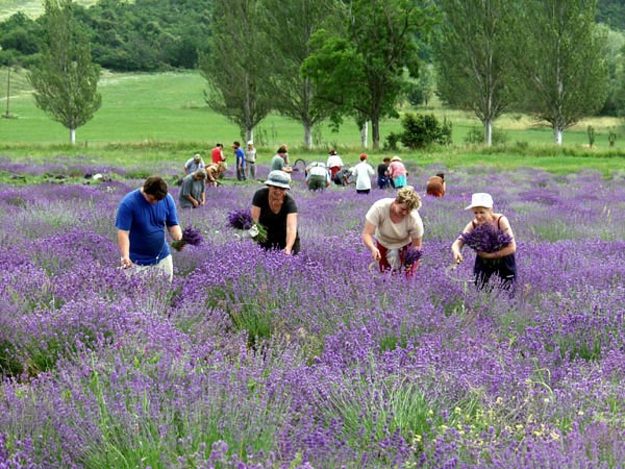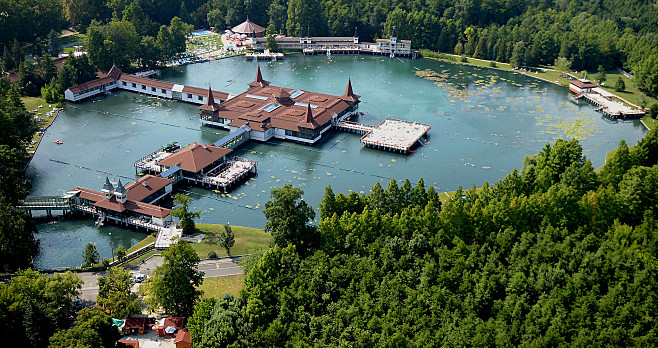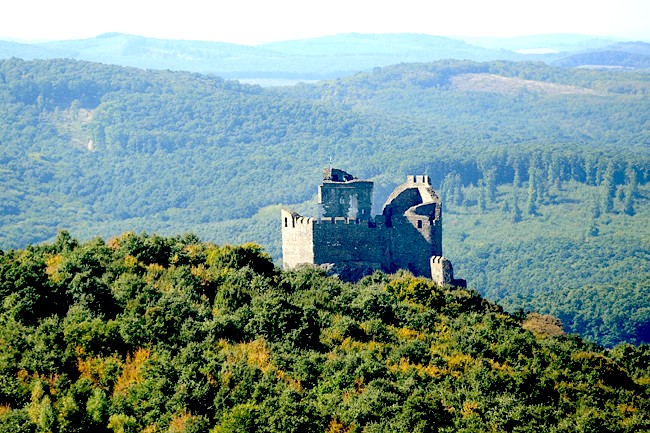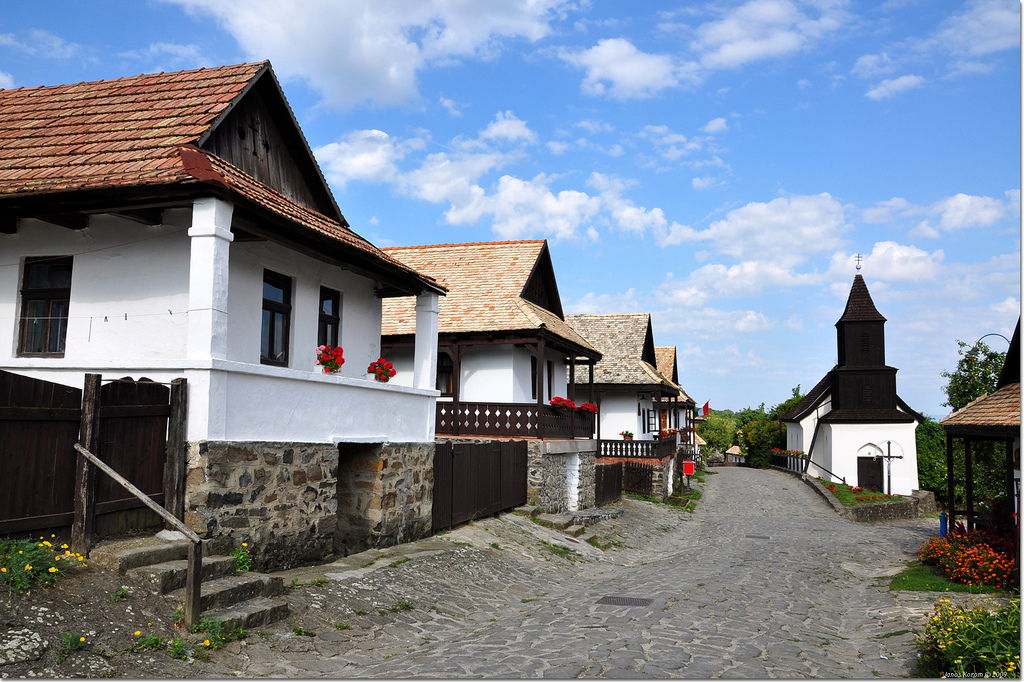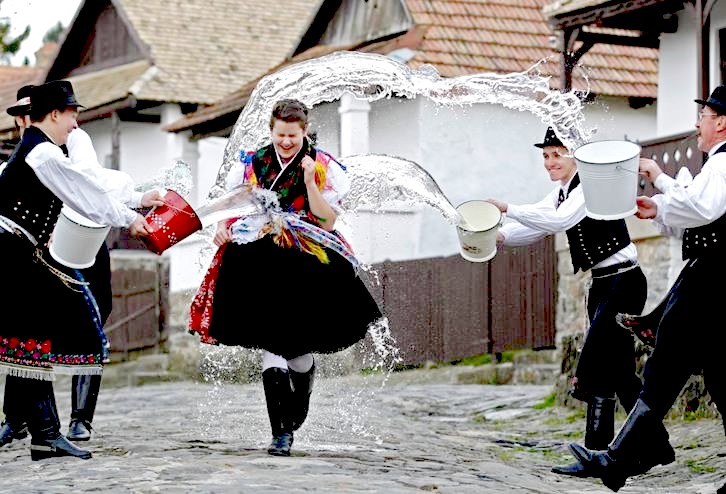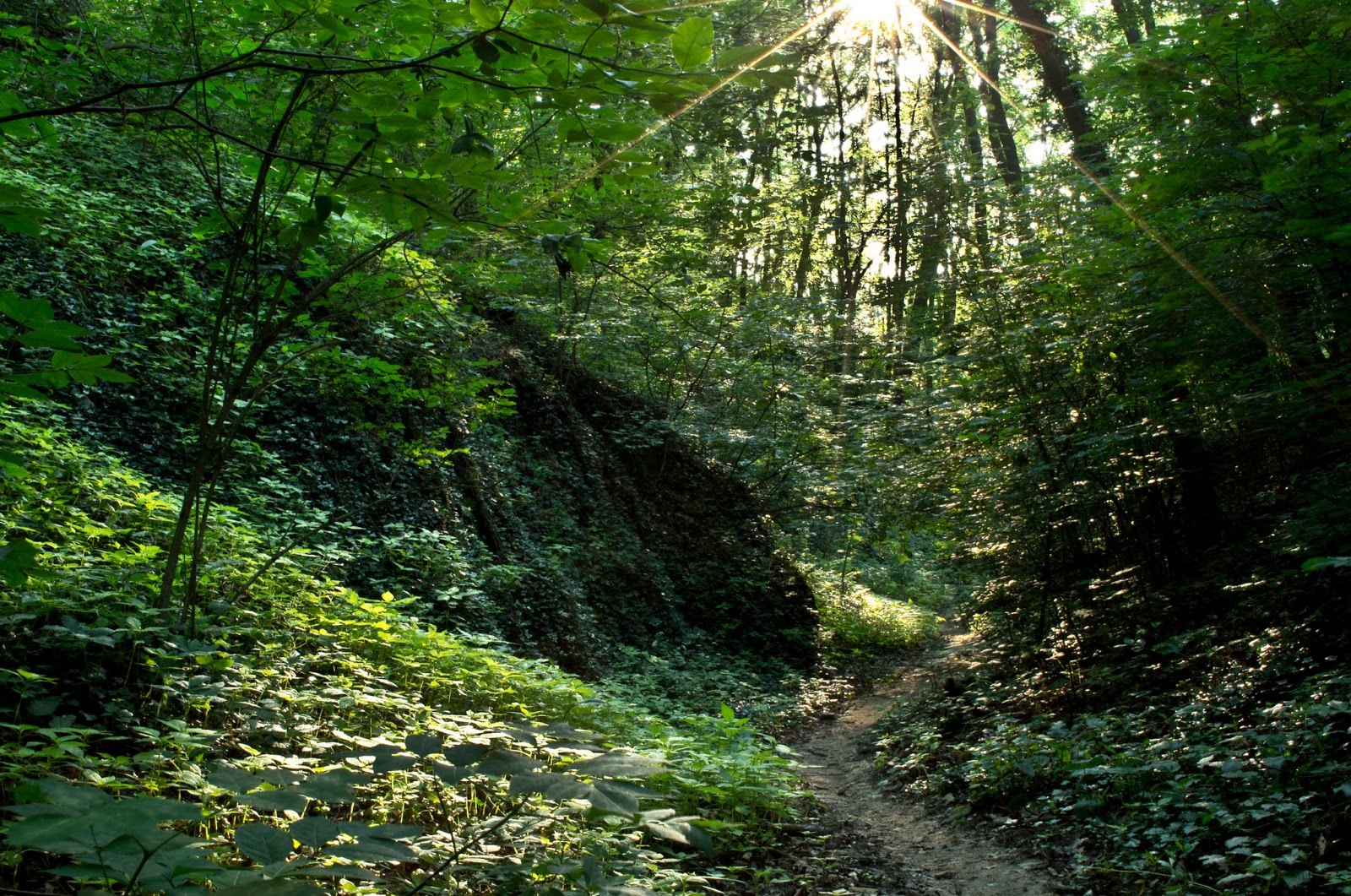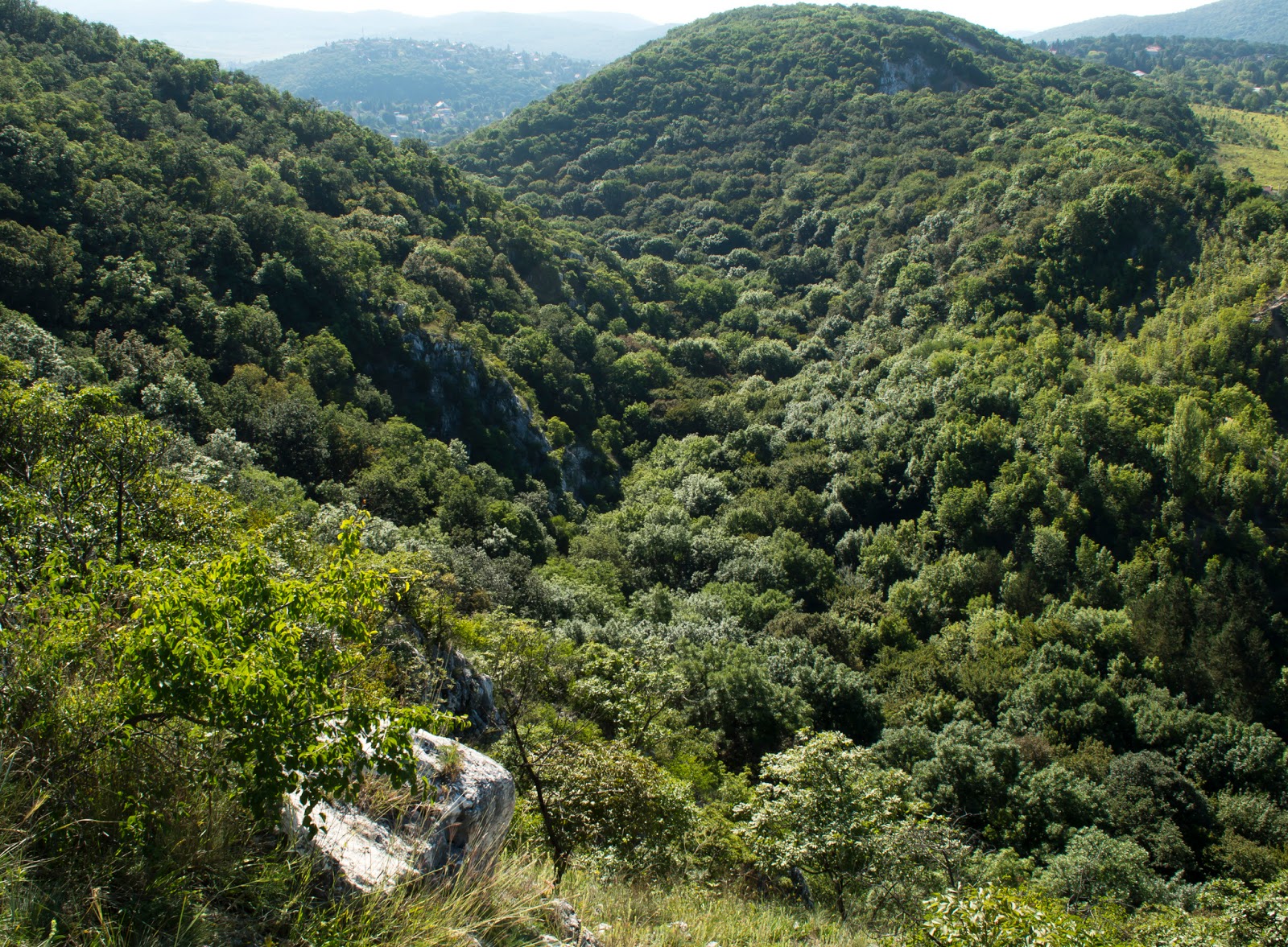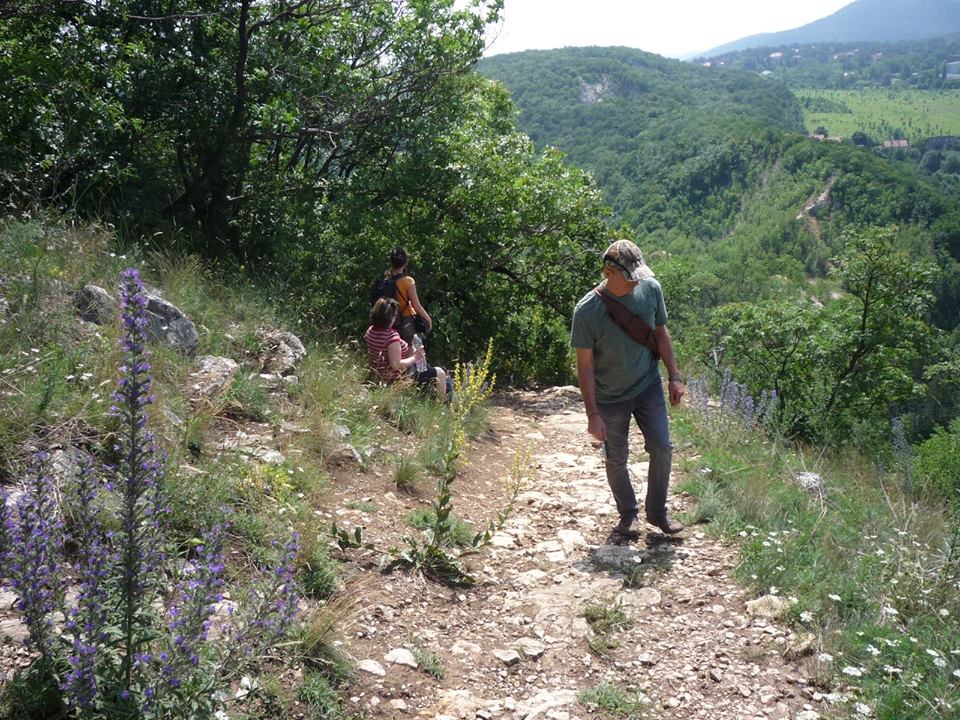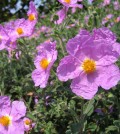- A 100 aranyat érő fű
- Az utolsó gyógyító
- Bodorrózsával a vírusok és baktériumok ellen
- Medvehagyma jótékony hatása
- TOP 7 gyógynövény Influenza ellen
- TOP 8 Immunerősítő gyógynövény
- Mire jó a Bajkáli csucsóka?
- Teakeverékek cukorbetegségre
- Gyömbér mint természetes fájdalomcsillapító
- Univerzális fűszer, mely gyógyít
- Gurmar a cukorbetegek megmentője
- Görögszéna a 2-es típusú cukorbetegség megelőzésére
- Cukorbetegség
HUNGARIAN HERBAL WALK and TOUR
The Danube Bend herbal walk and tour
Budapest-Visegrád-Budapest
The Danube Bend (Hungarian Dunakanyar) is a curve of the Danube in Hungary, close to the city of Visegrád. It is often considered as one of the wettest and most riparian segments of the river. The Danube Bend is a curve of the Danube near the city of Visegrád. The Transdanubian Mountains lie on the right bank (left side of the picture), while the North Hungarian Mountainson the left bank (right side of the picture).
These plant walks emphasize understanding the energetic and medicinal actions of plants through taste and smell, as well as through traditional, nutritional and practical application. Find out how you may safely identify, collect, and use our delicious, healthful wild foods & medicinals. Learn more about foraging & conservation practices. Learn about innovative and tasty vegetarian wild plant recipes.Learn how to recognize the poisonous plants.
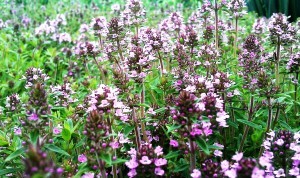 |
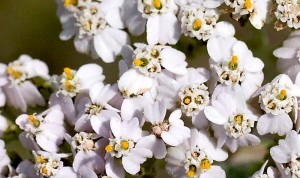 |
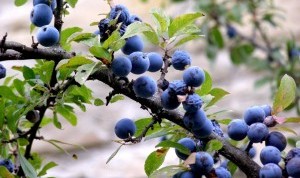 |
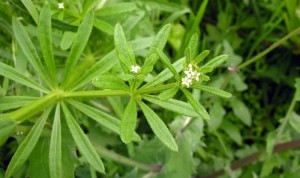 |
How Long : About 8-10 hours with stops along the way to rest enjoy the scenery & take photographs
What to bring : Comfortable foot wear with non-slip soles that can get wet and muddy are advisable, as well as a hat and sun block a camera and lots of film.
Where : We meet in front of your Hotel (reception).
When : Every day, Begin at 8.30 & ends at About 18.00
Walking distance: 15 km
Cost : USD $ 100 per person includes
– Herbal Tea
– Transfer Budapest-Vác-Visegrád-Budapest 200 km | 2 hour
– Hungarian herbal cake
– Hungarian herbals
LAVENDER AND THERMAL BATH TOUR HUNGARY-TIHANY-HEVIZ
Budapest – Tihany-Heviz – Budapest
Tihany is a village on the northern shore of Lake Balaton on the Tihany Peninsula (Hungary, Veszprém County). The whole peninsula is a historical district.
The center of the district is the Benedictine Tihany Abbey, which was founded in 1055 AD by András (Andrew) I, who is buried in the crypt. The founding charter of this abbey is the first extant record of Hungarian language, preserved in Pannonhalma Benedictine Archabbey. The church itself was rebuilt in baroque style in 1754. The still functioning abbey is a popular tourist attraction due to its historical and artistic significance. It also has the best view of Lake Balaton.
The center of the district is the Benedictine Tihany Abbey, which was founded in 1055 AD by András (Andrew) I, who is buried in the crypt. The founding charter of this abbey is the first extant record of Hungarian language, preserved in Pannonhalma Benedictine Archabbey. The church itself was rebuilt in baroque style in 1754. The still functioning abbey is a popular tourist attraction due to its historical and artistic significance. It also has the best view of Lake Balaton.
Lavender festival: One of the biggest open-air festivals in Tihany. Many programs are provided throughout the village, from Monday til Sunday. Lavender plays the main role and it appears in every possible forms: jam, drink, honey, sweets, cosmetics, lavender as a motif on the clothes, textiles, on teapots, mugs and so on. Harvest on the lavender plantation and visit in the old Lavender field are the main attractions. Children programs and performances make the event a unique occasion.
Lavender is used extensively with herbs such as chamomile in aromatherapy. A study published in 2010 investigated anxiolytic effects and influence on sleep quality. Lavender oil with a high percentage of linalool and linalyl acetate, in the form of capsules, was generally well tolerated. It showed meaningful efficacy in alleviating anxiety and related sleep disturbances. Lavender oil is approved for use as an anxiolytic in Germany under the name Lasea. A survey paper on lavender and the nervous system published in 2013 states that, „there is growing evidence suggesting that lavender oil may be an effective medicament in treatment of several neurological disorders.” Lavender honey (created from bees feeding on lavender plants), instead of lavender essential oil has the best effects of uninfected wounds.
Hévíz (German: Heuwies) is a spa town in Zala County, Hungary, about 8 kilometres (5 miles) from Keszthely. The town is located near Hévíz lake, the world’s second-largest thermal lake, but biologically the biggest active natural lake. Its temperature is affected by the combination of hot and cold spring waters, coming from 38 m deep underground. The water breaks out from a spring cave, with approx. 410 liters per second, with a temperature of 40 °C. The city provides facilities for visitors seeking to use the medicinal waters of the lake, including hotels, parks, sports and entertainment. The effects of the lake was known by the ancestors as well, people lived here even at the end of the Stone Age. The foundations of bath culture was laid by the Romans in the 2nd century. The city and the bath began developing significantly in the 18th century, related to the Festetics Family. They started scientific researches about using the water medically, and for healing.
Termin: marc 14-november 15 every day, november 16- marc 13 every weekend
How Long : About 8-10 hours with stops along the way to rest enjoy the scenery & take photographs
What to bring : Comfortable foot wear with non-slip soles that can get wet and muddy are advisable, as well as a hat and sun block a camera and lots of film.
Where : We meet in front of your Hotel (reception).
When : Every day, Begin at 8.30 & ends at About 18.00
Walking distance: 1 km
Cost : USD $ 200 per person includes
– Herbal Tea
– Transfer Budapest-Tihany-Hévíz Budapest 300 km | 3 hour
– Hungarian herbal cake
– Lavender house ticket
– Hungarian lavender pillow
HUNGARIAN CHAMOMILE TOUR / Great Hungarian Plain
Budapest – Hortobágy Grat Hungarian Plain – Budapest
The Great Hungarian Plain (also known as Alföld or Great Alföld, Hungarian: Alföld, Nagy Alföld) is a plain occupying the southern and eastern part of Hungary, some parts of the Eastern Slovak Lowland (Východoslovenská nížina), southwestern Ukraine, the Transcarpathian Lowland (Zakarpats’ka nyzovyna), western Romania (various names), northern Serbia (various names), and eastern Croatia (various names). It is the largest part of the Pannonian Plain.
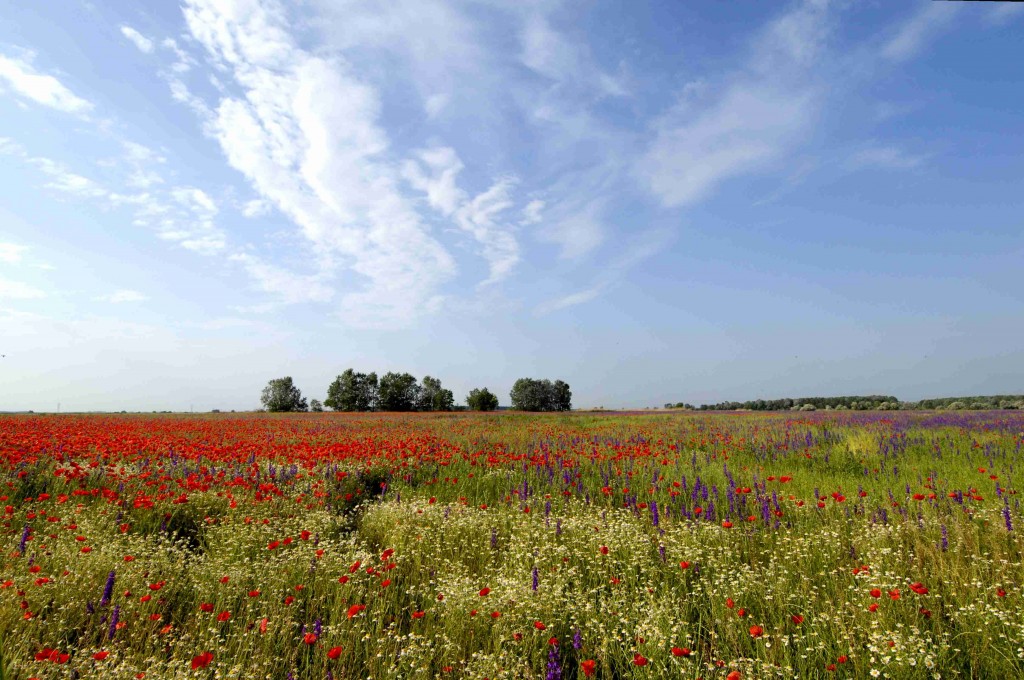
Chamomile fields – Great Hungarian Plain
Hungary produces about one ton of chamomile oil with a drug content of the strongest in the world, so 90 percent of the global demand is satisfied by Hungary. The Hungarian chamomile is a Hungaricum. It is typically mixed into pharmaceutical and medical cosmetics. In the major developed economies, there is a huge demand for these products.
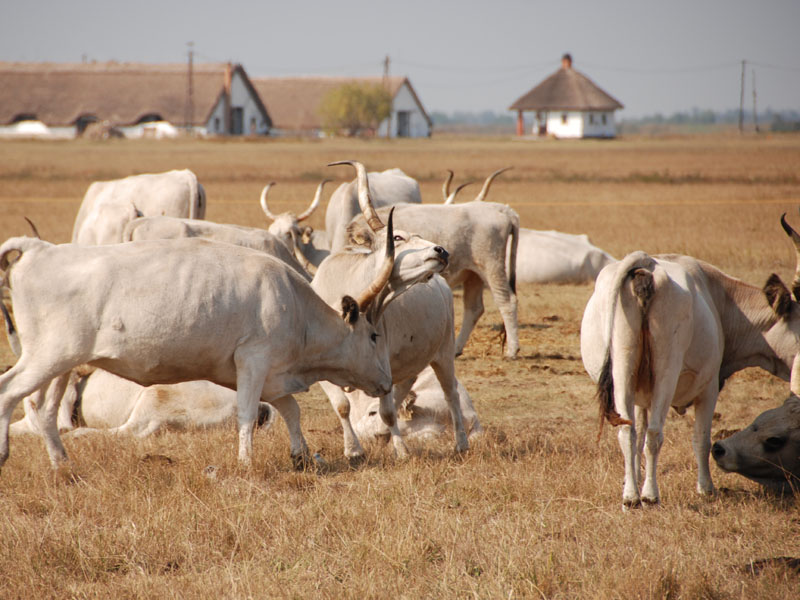
Hungarian Cattle – Gray Cattle
The Hungarian Grey (Hungarian: Magyar szürke szarvasmarha) is an ancient breed of domestic beef cattleindigenous to Hungary. The breed belongs to the group of Podolic cattle and is well adapted to extensive pasture systems. It originates from the Hungarian lowlands and may also be known as Hungarian Steppe Cattle.
The breed probably arrived with the 9th century Hungarian immigration from the east to the Hungarian lowlands. In the Middle Ages and early modern times the breed was used as a draught animal but from 1861 has been bred for early maturity and its beef quality, being herded live to the markets of Europe. Nowadays Hungarian Grey cattle are kept mainly as tourist attractions in the Hortobágy National Park and other Hungarian national parks. Small herds may be found in a few other places, e.g. Bocfölde, Western Hungary. These herds serve asgene banks, due to their reported resistance to cattle diseases which affect more highly bred cattle types. By 1975 there were only 300 cows left in two herds, but numbers have since increased.
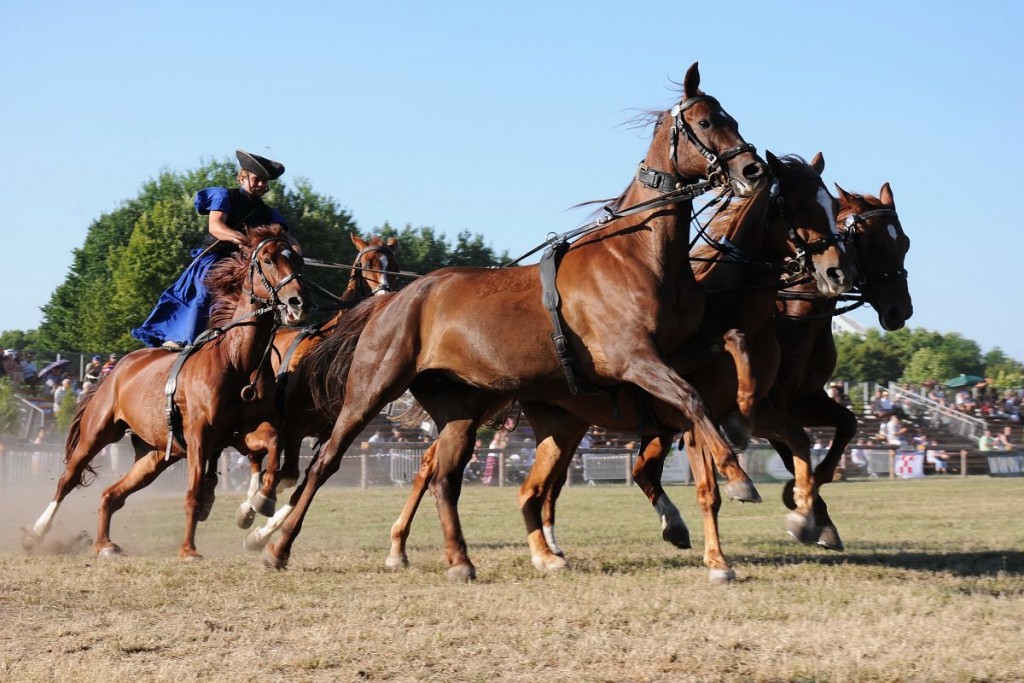
Horse show – Hortobágy- Hungary
The puszta five – a traditional Hungarian horseman steers five horses in a horse show on the Great Hungarian Plains, 90 km (56 miles).
The Hortobágy National Park – The Puszta has been inscribed on the World Heritage List by UNESCO on the 1st of December in 1999 in the category of cultural landscapes, based on cultural criteria iv and v. According to its brief description „the Hortobágy is a vast area of plains and wetlands that have been used by humans for grazing their domestic animals for more than two millennia.
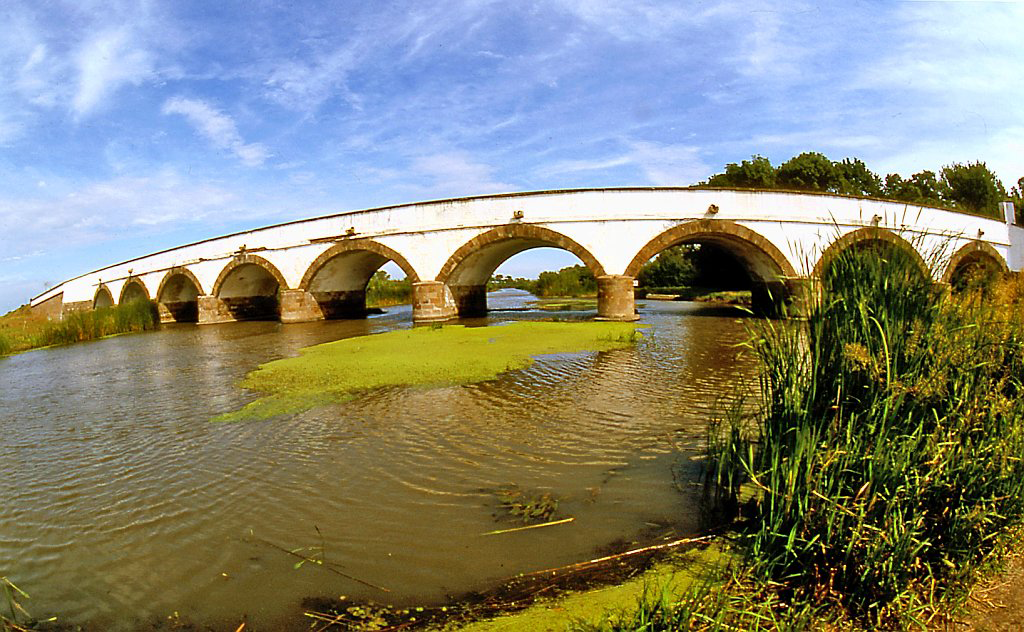
Nine-Arch bridge – Hortobagy – Hungary
The Nine-Arch bridge was built for that purpose. Damming of the Tisza river started in 1846 at Tiszadob. The channelized, regulated river, robbed of its meandering tributaries, was not able to flood the nearby land with its fertile sediment, resulting in the disappearance of marshes and loss of irrigation to the Hortobágy. The regulation of the watercourse, along with changes in precipitation and temperature, lead to the extension of alkaline soil. Efforts to restore fertility to the area started in the fifties. Artificial channels were created all over and industrialised, agriculture was forced upon the Hortobágy. The „puszta”, with its domestic animals, pastures, waters, flora, fauna, shepherding, fishing and peasant life-style became an obsolete remnant of the past and its extinction was just a matter of time.
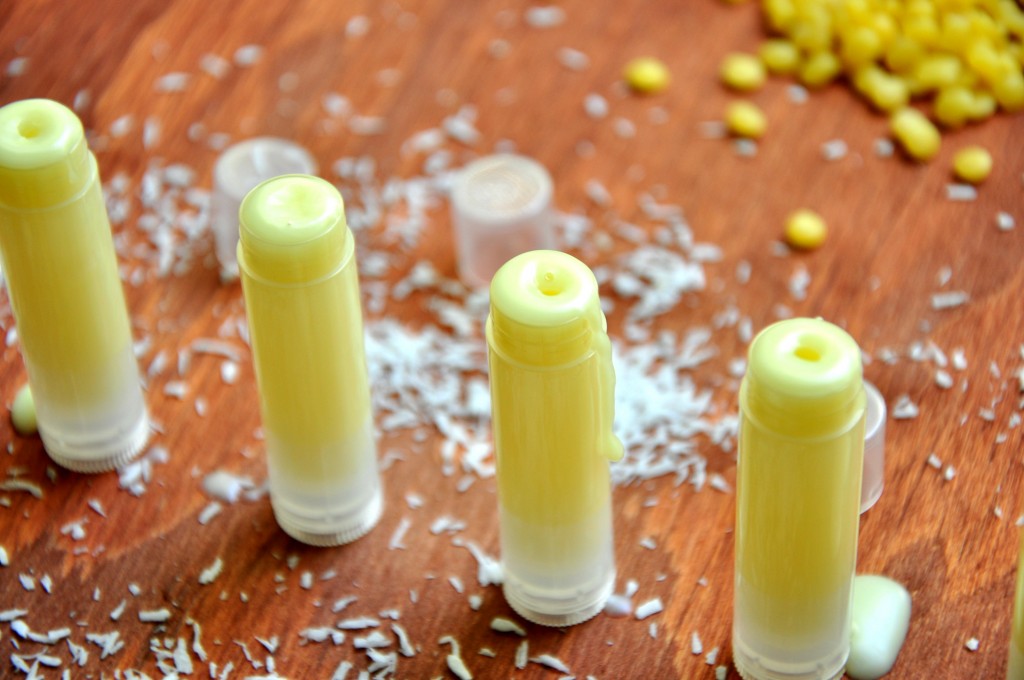
Hungarian chamomile lipstick
You can try to made chamomile lipstick and bring to home. Chamomile has been used for inflammation associated with hemorrhoids when topically applied. There is Level B evidence that chamomile possesses anxiolytic(anti-anxiety) properties and could be used to treat stress and insomnia. In 2009, researchers at the University of Pennsylvania concluded the first controlled clinical trial of chamomile extract for generalized anxiety disorder (GAD). The results suggest chamomile may have modest anxiolytic activity in patients with mild to moderate GAD, although the results have not since been replicated. Chemical components of chamomile extract have demonstrated anti-inflammatory, antihyperglycemic, antigenotoxic, and anticancer properties when examined in vitro and in animal studies.
How Long : About 8-10 hours with stops along the way to rest enjoy the scenery & take photographs
What to bring : Comfortable foot wear with non-slip soles that can get wet and muddy are advisable, as well as a hat and sun block a camera and lots of film.
Where : We meet in front of your Hotel (reception).
When : Every day, Begin at 8.30 & ends at About 18.00
Walking distance: 1 km
Cost : USD $ 200 per person includes
– Herbal Tea / hungarian chamomile tea
– Transfer Budapest-Hortobágy-Budapest 400 km | 4 hour
– Hungarian cake
– Hungarian chamomile lipstick
– Horse show ticket
– Hortobágy National Park ticket
HUNGARIAN PALOC HERBAL TOUR
Budapest – Hollókő – Budapest
Hollókő (Hungarian pronunciation: [ˈholːoːkøː]) is a Palóc ethnographic village in Hungary and a UNESCO World Heritage Site. Its name means „Raven-stone” in Hungarian. The village is located in Nógrád county, approximately 91.1 kilometres northeast from Budapest, the capital of Hungary. It lies in a valley of Cserhát Mountains, surrounded by low peaks. The natural environment is protected.
The Old Village of Hollókő is a Palócz settlement located in the County of Nógrád in Northern Hungary, about 100 km north-east of Budapest. The Old Village, which has been deliberately preserved, is a living example of rural life before the agricultural revolution of the 20th century. The rural architectural ensemble, which covers 145 ha, consists of 55 residential buildings, farm buildings and the church. Together, the traditional Palócz use of architectural forms and materials form a harmonious unit with the surrounding landscape and natural environment, characterized by strip-field farming, orchards, vineyards, meadows and woods. The property also includes the medieval castle ruins situated on the hill perched above the village, which is mentioned as early as 1310. This castle played a decisive part in the feudal wars of the Palóc and the Hussite and served as protection for the village whose ruins have been found a little way from its walls.
Every Easter Monday there is a tradition unique to Hungary: all the girls of the household get up early, finely paint eggs with red laquer, and then dress in their finest clothes and wait. Then throughout the day the boys and men of the town arrive at the house one by one and recite a poem to the girls. This seems very romantic until the end of the poem when the boy then throws cold water over the girl and rather than being slapped is proudly presented with the painted egg in return!
Sambucus ebulus, also known as danewort, dane weed, danesblood, dwarf elder or European dwarf elder,walewort, dwarf elderberry, elderwort and blood hilder is a herbaceous species of elder, native to southern and central Europe .
Sambucus ebulus fruits have been used in the traditional Hungarian medicine for treatment of disorders of the respiratory tract and fever. Famous the hungarian „borzag pálinka”, this is a herbal distillate. You can taste this famous drink.
How Long : About 8-10 hours with stops along the way to rest enjoy the scenery & take photographs
What to bring : Comfortable foot wear with non-slip soles that can get wet and muddy are advisable, as well as a hat and sun block a camera and lots of film.
Where : We meet in front of your Hotel (reception).
When : Every day, Begin at 8.30 & ends at About 18.00
Walking distance: 1-3 km
Cost : USD $ 200 per person includes
– Herbal Tea
– Transfer Budapest-Hollókő-Budapest 400 km | 4 hour
– Hungarian herbal cake
– Holloko castle ticket
– Borzag palinka /special paloc herbal drink/
BUDAPEST HERBAL WALK
Budapest
This the wonderful trip to the Buda Hills. Although medicinal plants are the primary focus, we can also see a remarkable karst phenomenas at the area of Remete Hill: rocks, microreliefs and caves. The flora of limestone associations (karst srubby woods, rocky grasslands and steppes) distinguishably differs here from the classic dolomite determinated sites (Nagy Szénás, Budaörs in the Buda Hills).
It is a two-hour journey to rock-edge of Remete Gorge, with lots of interest on the way. You can see to the hundreds of protected burning bush (Dictamnus albus) in the clearings of mixed oak forest, which have replaced the karst shrubby woods along the walls of Remete Gorge.
You can stopp to admire this spectacular gorge and panorama of the surrounding hilltops and some distinct visible buildings of the our capital, Budapest.
How Long : About 8-10 hours with stops along the way to rest enjoy the scenery & take photographs
What to bring : Comfortable foot wear with non-slip soles that can get wet and muddy are advisable, as well as a hat and sun block a camera and lots of film.
Where : We meet in front of your Hotel (reception).
When : Every day, Begin at 8.30 & ends at About 18.00
Walking distance: 5 km
Cost : USD $80 per person includes
– Herbal Tea
– Hungarian herbal cake
– Botanic garden ticket
– Herbals
HUNGARIAN HERBAL WALK and TOUR
order form
[ninja_forms id=1]

